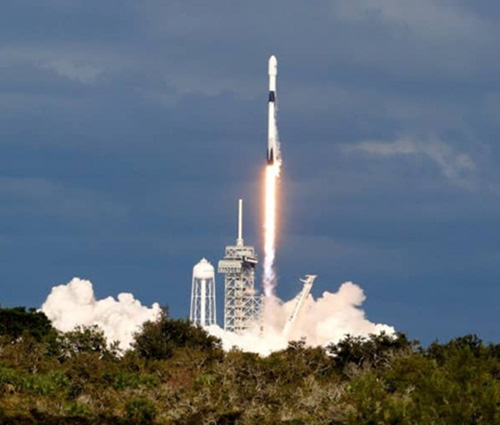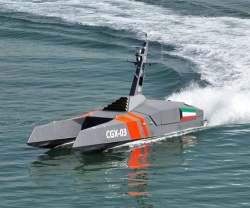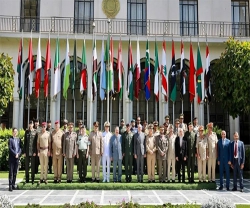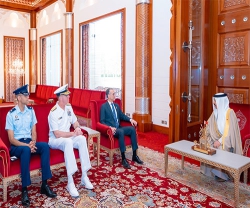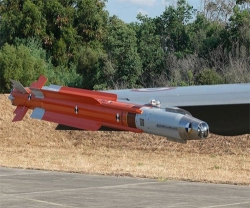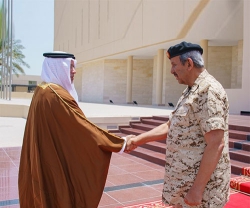The Kingdom of Saudi Arabia, represented by the King Abdul-Aziz City for Science and Technology (KACST), announced that the first Saudi satellite for communications (SGS-1) has been launched successfully from the Guiana Space Centre on an Ariane 5 rocket, the Saudi Press Agency (SPA) reported.
HRH Prince Mohammed bin Salman bin Abdulaziz, the Crown Prince, Vice President of the Council of Ministers and Minister of Defense, had signed the final piece to be placed on the Saudi satellite before its launch with the words, “above the clouds.”
Eng. Khaled bin Abdulaziz Al-Falih, the Minister of Energy, Industry and Mineral Resources and Chairman of the board of directors of KACST, explained that such a spectacular national achievement has come as a result of the great support provided to the Kingdom’s research and development sector by the Custodian of the Two Holy Mosques, King Salman bin Abdulaziz Al Saud, and HRH the Crown Prince.
The launch is part of Saudi Vision 2030, which aims at localizing strategic technologies in the Kingdom, increasing local content and enabling Saudi young people to work with advanced state-of-the-art technologies in the field of satellite development and manufacturing.
Richard Edwards, Executive Vice President of Lockheed Martin International lauded his company’s strategic partnership with the Kingdom of Saudi Arabia, saying, “The successful launch of this satellite is a first step in our unique partnership with King Abdulaziz City for Science and Technology and the Kingdom of Saudi Arabia, which is established on innovation, science, technology and HR development”.
The development of the satellite (SGS-1), which was created in collaboration with Lockheed Martin, included the qualification of a number of Saudi engineers in compliance with the qualification standards and requirements adopted by the company for its employees across all the operational phases of manufacturing and testing, with the target of conveying to them the expertise and know-how required for manufacturing and testing giant satellite technologies used for space communications in geostationary orbit.
The satellite aims to employ advanced Ka-band capabilities to enable space communications at ultra-fast speeds, as part of the national strategic plan to fulfill the Kingdom’s domestic requirements, provide high-specification communications services specifically custom-made for the government sector and, at a commercial level, exporting these services to the MENA region, Europe, Africa and Central Asia. The satellite also aims to improve local capabilities and human resources and creating job opportunities in the space industry.
The Saudi communications satellite, which will be operated and controlled by Saudi national personnel, has a multibeam payload that provides a total throughput capacity of over 34 gigabits per second, as well as highly efficient solar panels that generate power with a total capacity exceeding 20 Kw. The satellite has a processing unit that is capable of altering the ascending and descending signal configurations, a distribution unit that is able to pass communications to users, bypassing ground stations. In addition, it carries a communication Ku-band payload dedicated to Halasat, one of Arabsat’s affiliate companies.
The Saudi communications satellite employs hybrid (electric and chemical) propelling systems which has helped to reduce the satellite’s weight while increasing its life expectancy. It weighs 6.5 tons and has a life expectancy of over 20 years. It also uses advanced technologies enabling it to provide highly secured and anti-interference telecommunications.
The Saudi communications satellite (SGS-1), which is the first satellite of its kind to be owned by the Kingdom, will offer multiple applications that include broadband telecommunications, highly secured communications, as well as communications dedicated for remote areas and disaster-stricken areas. Finally, the SGS-1 satellite, which will be operated and controlled from ground stations based in Saudi Arabia, will serve and support the infrastructure of the telecommunications sector in the Kingdom.

